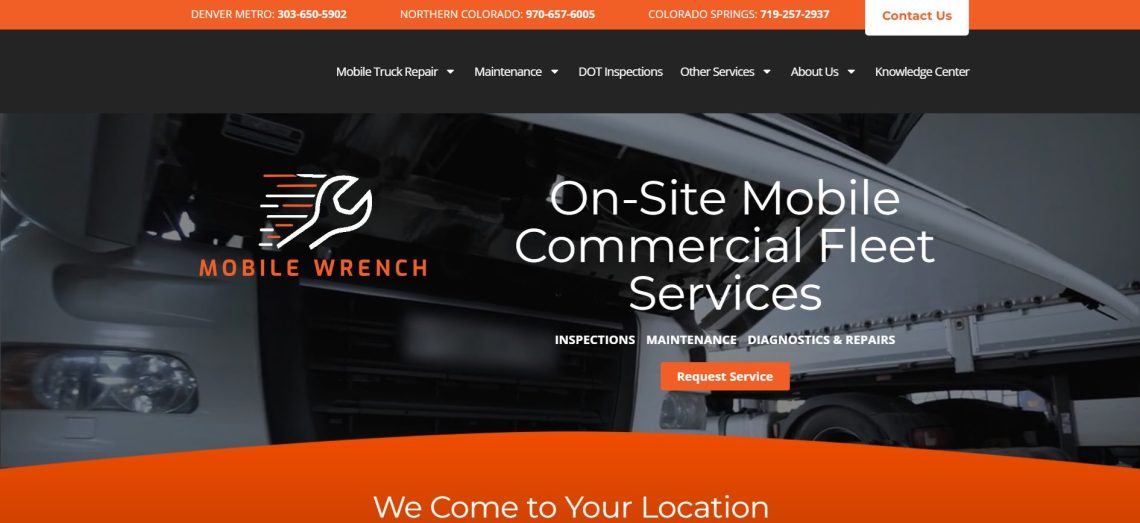Beyond Traffic: Turning Website Visitors into Paying Clients

When the dream of building your business and having a website comes true but then you realize that none of the hundreds or thousands of visitors are actually becoming clients, what do you do? Let’s dig into this phenomenon and explore the solution: Conversion Rate Optimization (CRO). Whether it is online sales or a website that shows […]
What’s the difference between SEO and CRO
The Three Factors Needed to Make Your Website Work for You

What if you already have the right people coming to your website and simply aren’t giving them the right information to convert them into customers? When optimizing a website for conversions, the primary goal is to guide visitors toward taking specific actions, such as filling out a form, making a purchase, or contacting you. Here […]
AI Innovation

There are some amazing technology breakthroughs happening all around us. Have you heard of NotebookLM by Google? I added our two most recent blog posts into a Notebook and with the click of a button and a wait of about two to three minutes, I got this 10 minute podcast. Give it a listen: Want […]
How to Create a Conversion-Optimized Website

Your website is a critical tool in your marketing arsenal. We’ve seen firsthand how a well-optimized site can drive more traffic, generate leads, and ultimately convert visitors into loyal customers. But what makes a website truly conversion-optimized? Conversion rate optimization (CRO) is the process of enhancing your website to increase the percentage of visitors who […]
Accelerate Growth with Google Ads: Your Path to Success!

Are you ready to take your business to new heights? Consider paid search as a way to jumpstart your sales process. Here’s how a strategic Google Ad campaign can connect you with your target market: Targeted Reach: Reach your ideal audience precisely. Google Ads allow you to target users based on demographics, interests, and online […]
Unlocking Success with Paid Search!

Ready to take your online presence to new heights? Dive into the world of Paid Search and supercharge your visibility! What is Paid Search? Paid Search, also known as Pay Per Click (PPC), is a targeted advertising strategy where you bid on keywords to have your ads appear at the top of search engine results. […]
Celebrating Innovation: EduCyber Launches WSArchitect.com and MobileWrenchFleet.com

We are thrilled to announce the launch of two cutting-edge sites that set a high standard for design: WSArchitect.com and MobileWrenchFleet.com. WSArchitect.com: Moving from a dated website to a contemporary site that shows the breadth of their work from small projects to large, from feasibility studies and planning to interior architecture and building architecture. The […]
Connecting the Dots

Recently we have been using the phrase “helping businesses connect the dots” to their digital marketing. If you haven’t heard one of us talk about it, read on. Many small and medium-sized business owners know they need to do something with digital marketing. At a minimum, they need a website. At best they have both […]
The Road to Good Intentions is Paved with What?

OK, that might not be how that saying goes but, unlike the real world where intent and outcome are often very different, in the world of search and in building an excellent website, understanding intent is critical to getting it right. If, for example, someone searches for “eagles”, Google has to try to determine the […]
